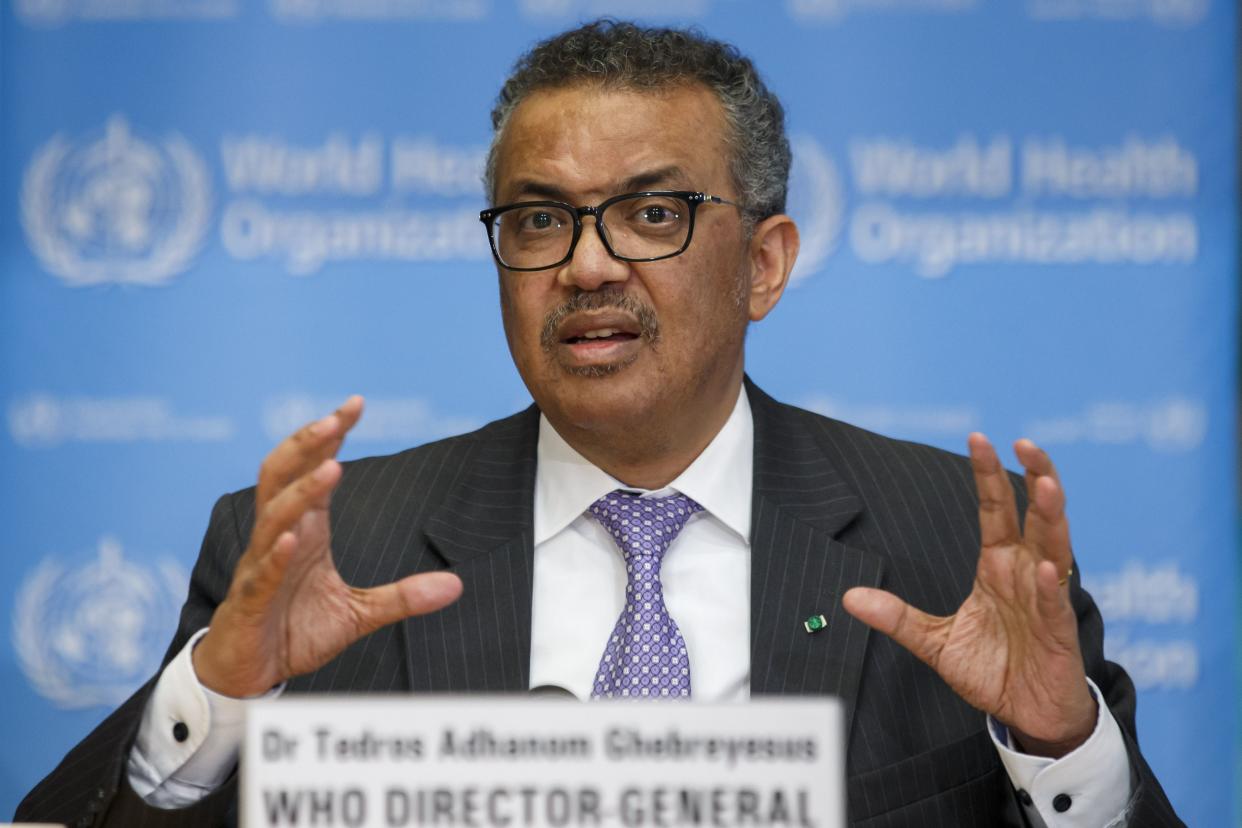WHO chief warns pandemic ‘endgame’ not in sight
There is no “endgame” to the pandemic, but there could be an end to the acute phase – if the world meets some key public health targets.
This was the latest message from World Health Organization (WHO) director-general Tedros Adhanom Ghebreyesus on Monday at the start of an executive board meeting of the international body.
“There are different scenarios for how the pandemic could play out and how the acute phase could end,” he said. “But it’s dangerous to assume that omicron will be the last variant or that we are in the endgame. On the contrary, global conditions are ideal for more variants to emerge.”

It’s up to humanity as a whole to get the world’s population out of the emergency zone and end the siege, he said. That includes getting 70% of each country’s population vaccinated by midyear and focusing on those at highest risk of severe illness from COVID, as well as improving testing and sequencing rates to track the virus and its constantly emerging variants.
For this reason, Tedros and others said, we can never be complacent, even once the omicron wave dies down – because there will be other variants, and they could be worse. The key is to get people vaccinated, because the fewer places the virus can get a foothold, the less chance of a lethal variant. To date, the novel coronavirus and variants have killed more than 6 million people worldwide.
Since omicron was identified nine weeks ago, more than 80 million cases of COVID have been reported to WHO, Tedros said, according to CNBC. That’s more than were reported in all of 2020. While omicron seems to cause milder illness, the jury is still out on long COVID and other complications, and people who are unvaccinated are still at high risk of severe disease and possible death.
In the U.S., cases appear to be cresting after omicron took over, leaving in their wake high levels of immunity, AP reported. New cases are at 680,000 per day, but down from an all-time peak of about a week ago. New hospital admissions of patients with confirmed COVID-19 are also falling, AP said, averaging about 20,000 per day, the U.S. Centers for Disease Control and Prevention (CDC) said.
“The COVID-19 pandemic is now entering its third year, and we are at a critical juncture,” Tedros told a news conference earlier in the day, according to Reuters. “We must work together to bring the acute phase of this pandemic to an end. We cannot let it continue to drag on, lurching between panic and neglect.”
With News Wire Services
